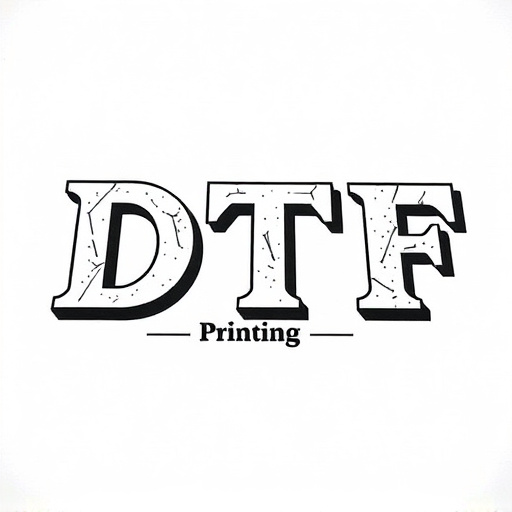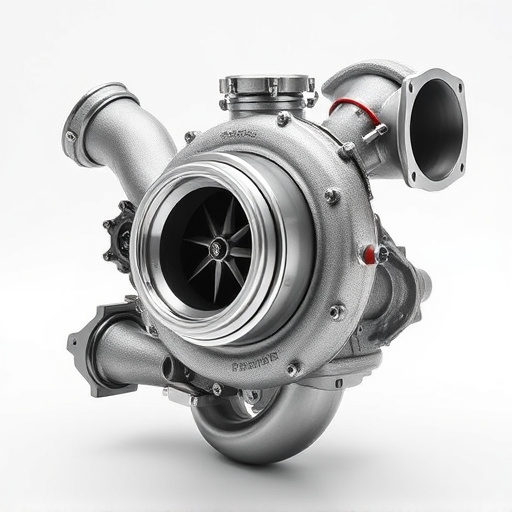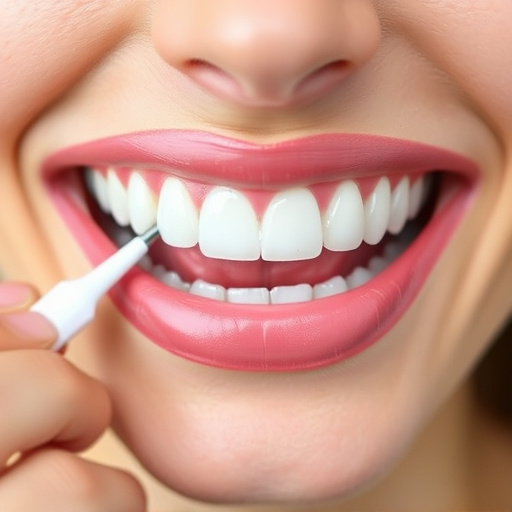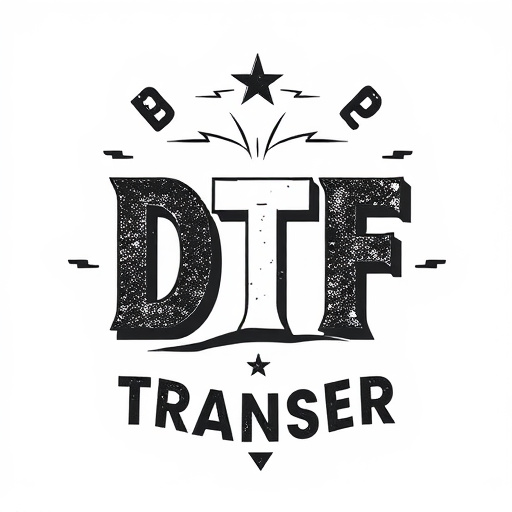Direct-To-Film (DTF) transfers revolutionize printing with their advanced durability and quality. This method directly applies ink to surfaces like vinyl, canvas, or metal, preserving vibrant colors and intricate textures for years. DTF's direct ink application eliminates intermediate layers, resulting in crisp, vivid images ideal for exhibitions, signage, and promotions. Premium DTF transfers use robust inks and protective coatings, resisting environmental factors and damage, making them suitable for indoor and outdoor displays. The technology is widely adopted for signage, advertising, art reproduction, and restoration, enhancing visual communication across various industries. Proper storage and cleaning are crucial to maintain the superior durability and vibrant details of DTF transfers and prints.
“Discover the future of graphic printing with premium direct-to-film (DTF) transfers—a game-changer in durability and detail. This article explores the benefits of DTF technology, ensuring your designs last longer and maintain their vibrancy. From understanding the process to choosing the right materials, we delve into what makes DTF prints superior. Learn about common applications, from clothing to signage, and essential care tips to keep your DTF creations looking new. Upgrade your printing game with the ultimate guide to DTF transfers.”
- Understanding Direct-To-Film (DTF) Transfers: A Brief Overview
- Key Advantages of Premium DTF Transfers for Longevity and Quality
- The Technology Behind Superior DTF Printing Durability
- Choosing the Right Materials for Optimal DTF Prints
- Common Applications of High-Quality DTF Transfers
- Ensuring Longevity: Care and Maintenance Tips for DTF Prints
Understanding Direct-To-Film (DTF) Transfers: A Brief Overview

Direct-To-Film (DTF) Transfers have revolutionized the way we approach printing and imaging, especially in the context of high-quality, long-lasting prints. This innovative process involves transferring ink or colorant directly onto a film surface, which is then used to create durable prints on various materials like vinyl, canvas, or even metal. DTF offers superior durability compared to traditional printing methods, ensuring that vibrant colors and intricate details remain intact for extended periods.
The beauty of DTF lies in its ability to capture the finest nuances and textures, making it an ideal choice for artists, designers, and businesses seeking exceptional visual quality. By eliminating the need for intermediate layers, DTF transfers provide a more direct pathway for ink application, resulting in crisp, vivid images. This method is particularly popular among those who demand professional-grade prints for exhibitions, signage, or promotional purposes, ensuring that their creative visions are accurately represented.
Key Advantages of Premium DTF Transfers for Longevity and Quality

Premium direct-to-film (DTF) transfers offer a range of key advantages that significantly enhance both longevity and quality. One of the primary benefits is their superior durability; these transfers are designed to withstand the test of time, ensuring that your prints retain their vibrant colours and sharp details for years to come. This is achieved through advanced printing technologies and high-quality materials, which resist fading and other forms of degradation.
Additionally, DTF Printing provides an exceptional level of detail fidelity. The fine-tune control over the printing process allows for intricate designs and complex images to be reproduced accurately on a variety of media. Whether you’re producing art prints, photographic reproductions, or even high-end posters, premium DTF Transfers deliver outstanding results, ensuring that every minute detail is captured and showcased beautifully.
The Technology Behind Superior DTF Printing Durability

The technology behind superior DTF (Direct-to-Film) printing durability involves a complex interplay of materials science and precision engineering. Modern DTF transfers utilize advanced inks that are designed to withstand the rigors of various environments, from outdoor exposure to frequent handling. These inks contain robust binders and pigments that ensure vibrant colors and sharp details even after prolonged use. The printing process itself is highly meticulous, employing sophisticated machinery to apply the ink onto the substrate with microscopic precision, locking in the quality and longevity of each print.
Furthermore, the choice of substrate plays a pivotal role in DTF Printing’s durability. High-quality films are selected for their exceptional resistance to weathering, tearing, and fading, ensuring that prints maintain their aesthetic appeal over extended periods. These materials are also treated with protective coatings that repel water, dirt, and UV rays, prolonging the lifespan of DTF prints, making them suitable for both indoor and outdoor displays.
Choosing the Right Materials for Optimal DTF Prints

When it comes to premium direct-to-film (DTF) transfers, the choice of materials is paramount for achieving optimal prints. High-quality DTF films should be durable enough to withstand various environmental conditions while maintaining exceptional detail and colour vibrancy. Look for materials that offer excellent adhesion to a wide range of substrates, ensuring long-lasting results on different types of fabrics or surfaces.
The composition of the film, including its base material, adhesive, and coating, plays a crucial role in the final print quality. A robust backing material provides stability during application and removes any risk of warping or curling. Moreover, a precise adhesive formula guarantees a secure bond without leaving residue, ensuring the longevity of the transfer. Finally, a protective coating acts as a barrier against fading, scratching, and other forms of damage, preserving the DTF prints’ visual appeal over time.
Common Applications of High-Quality DTF Transfers

High-quality Direct-to-Film (DTF) transfers have found their way into various industries, revolutionizing the way we preserve and share visual content. One of the primary applications is in DTF Printing for signage and advertising. Businesses leverage DTF’s ability to produce vibrant, long-lasting prints on a variety of media, from banners to window graphics, enhancing their marketing efforts with visually appealing and durable materials.
Another significant area is in the realm of art reproduction and restoration. The intricate detail and precision of DTF transfers make them ideal for creating high-fidelity copies of artwork, historical documents, and photographs. This technology enables conservators and artists to preserve delicate pieces and share them with a wider audience, ensuring their survival for future generations while maintaining their original aesthetic beauty.
Ensuring Longevity: Care and Maintenance Tips for DTF Prints

To ensure the longevity of your premium direct-to-film (DTF) transfers and DTF prints, proper care and maintenance are essential. Starting with storage, keep your DTF prints in a cool, dry place away from direct sunlight, extreme heat, or cold. These conditions can cause the ink to fade or the film to become brittle over time. Use acid-free storage materials to prevent any damage to the delicate prints.
Regular cleaning is another crucial aspect of maintaining your DTF prints. Avoid using harsh chemicals or abrasive materials that could scratch or remove the intricate details. A soft, dry cloth is ideal for wiping away dust and minor stains. For more stubborn marks, slightly dampen the cloth with distilled water, ensuring no residual moisture remains after cleaning. This meticulous care will preserve the superior durability and vibrant detail of your DTF transfers and prints for years to come.














